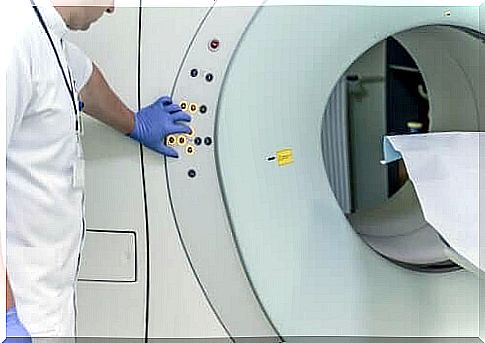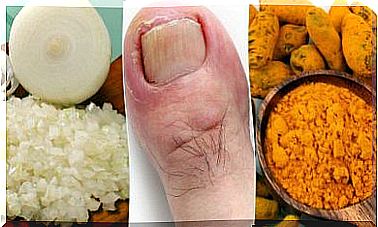Does Magnetic Therapy Help With Multiple Sclerosis?
Recent research shows that magnetic therapy can be helpful in combination with other measures to alleviate the symptoms of multiple sclerosis. Would you like to know more about this topic? Then read on!

Over the past few years, scientists have been researching the effectiveness of magnetotherapy to help alleviate the most common symptoms of multiple sclerosis (MS). Although the results are still limited, some studies have produced interesting results suggesting the benefits of this therapeutic measure.
Magnet therapy or magnetic field therapy is a treatment method in which magnets or electrically generated magnetic fields are used. The evidence indicates that this can improve blood flow and oxygen supply to the organism in patients with multiple sclerosis. Do you want to know more about it?
Studies of the effectiveness of magnetic therapy in multiple sclerosis
Multiple sclerosis is a chronic, inflammatory, non-contagious disease of the central nervous system that destroys the myelin sheath that covers most of the nerve fibers. This myelin sheath enables the nerve signals to be transmitted quickly and efficiently.
A publication from the National Institue of Neurological Disorders and Stroke found it to be the most common disability in young adults. In most cases, it happens between the ages of 20 and 40, but older adults and children can also be affected.
As of now, there is no cure for multiple sclerosis, but various therapies can control the outbreaks and symptoms to improve the quality of life for patients. The therapeutic functions still need to be explored, but interesting results have already been achieved.
For example, a study published in the journal Clinical Neurology and Neurosurgery shows that magnetic resonance is beneficial in multiple sclerosis. Specifically, pulsating magnetic fields are recommended to control the most common symptoms of MS, such as paresthesia or the sensation of tingling and stinging.

How does magnetic therapy work for multiple sclerosis?
As already mentioned, there are two different types of magnet therapy: It can be done with static magnetic fields, which use static magnets, or with pulsating magnetic fields, which are generated by a specific device. The magnetic waves change the way the body faces pain.
The defenders of static magnetic wave therapy explain that its use helps to control pain, since the magnetic fields in contact with the tissues induce changes. This form of therapy is very often used in alternative medicine.

The treatment of multiple sclerosis is multidisciplinary
It is very important to clarify that magnetic therapy cannot cure multiple sclerosis. It represents one possible therapy within a multidisciplinary approach that requires different health professionals.
The goal is usually to maintain the patient’s quality of life and, as far as possible, to stop the progression of the disease. After diagnosing this disease, the doctor may prescribe medicines for this purpose. These can prevent new flare-ups and slow the progression of the disease.
The following drugs are often used:
- Corticosteroids
- Ocrelizumab (Ocrevus)
- Interferon beta
- Glatiramer Acetate (GA)
- Dimethyl fumarate (Tecfidera) et al
In addition to these drugs , other drugs may be needed to manage tiredness and insomnia and to relax muscles. In addition, physical therapy, proper nutrition, and psychological therapy are also very important.
The attending physician can recommend various therapies to stop the progression of the disease as far as possible. In this way, he can maintain the quality of life of the person concerned for longer. Let your doctor inform you whether magnetic therapy could be helpful in your case!









